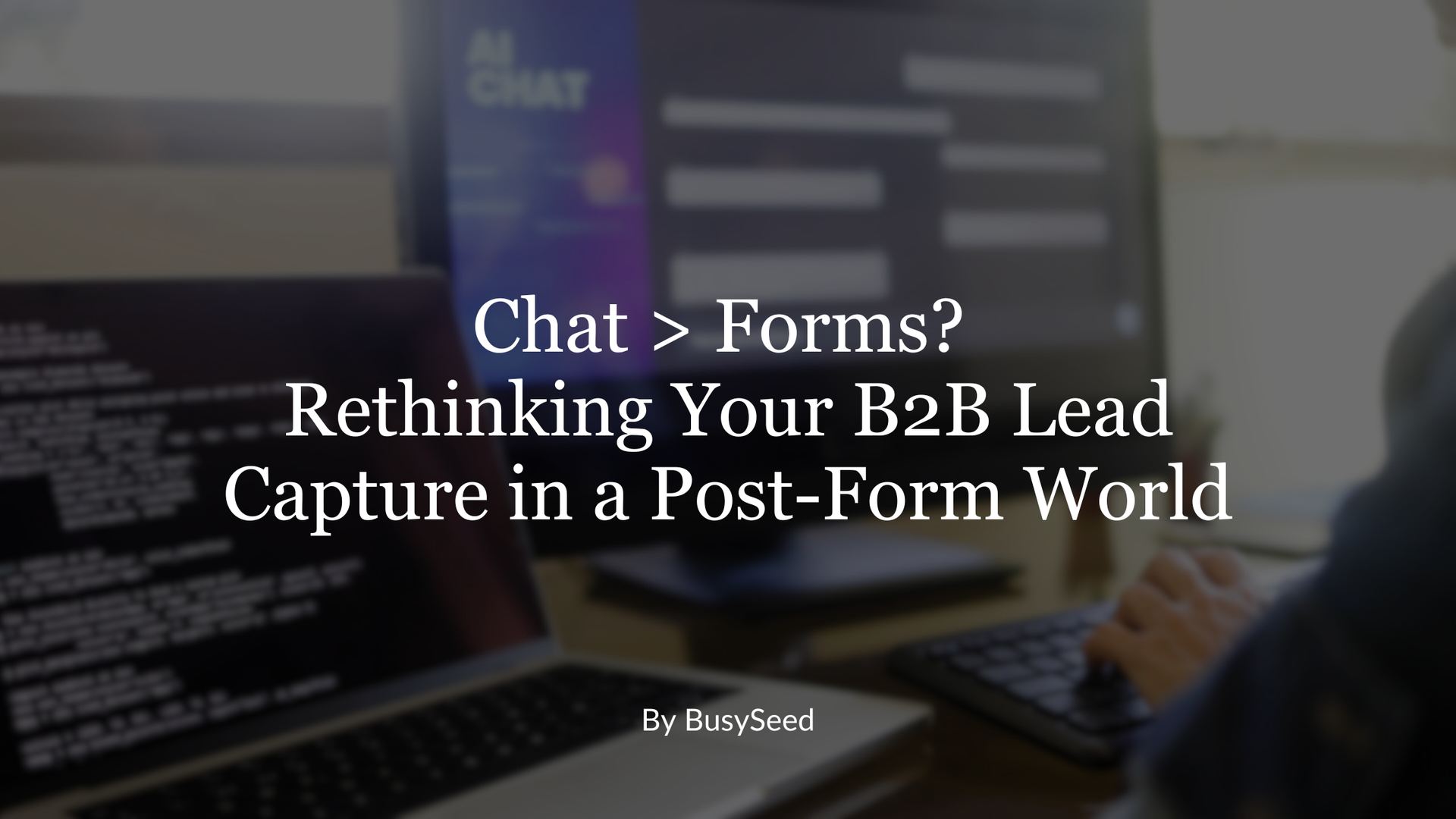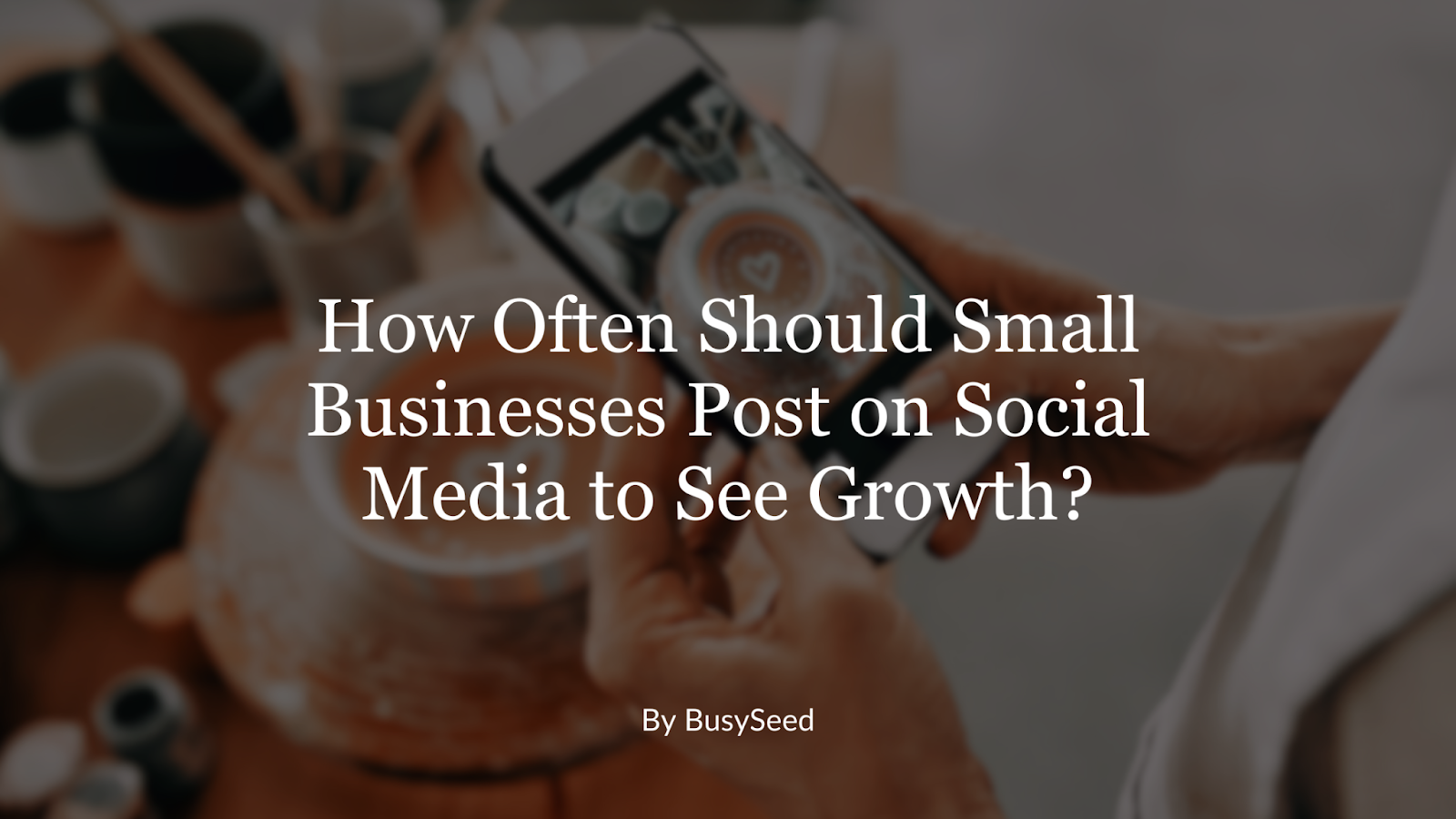7 Psychological Marketing Tricks to Redefine Your Strategy
Marketing is all about understanding people. By understanding how people think and process information, you can create a marketing strategy that is far more effective in reaching your target market.
There are a variety of psychological marketing tricks that you can use to get inside the minds of your consumers and influence their decisions. From using social proof to employing scarcity tactics, these seven psychological marketing tricks will help you to redefine your business strategy.

What is psychological marketing, and how can it help my business?
Psychological marketing is a type of marketing that uses psychological techniques to influence consumer behavior. It can help to improve your marketing strategy by understanding how people think and process information. By using psychological marketing tricks, you can get inside the minds of your consumers and influence their decisions.
There are several psychological marketing tactics that you may utilize to get into your consumers' heads and influence their actions. These seven psychological marketing strategies will assist you in rethinking your company strategy by employing social proof, scarcity principles, and more.
The seven psychological marketing tricks that you can use to influence your consumers
1. Use social proof
2. Use authority
3. Use scarcity
4. Use reciprocity
5. Use commitment and consistency
6. Use likability
7. Use anchoring
Together, these seven marketing tricks can revolutionize your marketing strategies to yield significant improvements in your revenue.
How to use each marketing trick to get inside the minds of your consumers
Use social proof
Social proof is a type of psychological marketing trick that uses the power of social influence to persuade people to take action. It is based on the idea that people are more likely to do something if they see others doing it.
This is often employed by using influencers and celebrities to endorse products - consumers tend to trust their opinions more, which sways their decision on whether to buy a product or not.
For example, if you are trying to sell a product, you can use social proof by showing customer testimonials or reviews. You can also use social media to show that other people are using and enjoying your product.
Use authority
Authority is another type of psychological marketing trick that uses the power of influence to persuade people to take action. It is based on the idea that people are more likely to do something if they believe that an authority figure has recommended it.
For example, if you are selling a new type of product, you can use authority by showing that an expert or a well-known person has endorsed it. You can also use authority by featuring customer testimonials from people who are respected in their field.
Use scarcity
Scarcity is a type of psychological marketing trick that uses the power of supply and demand to persuade people to take action. It is based on the idea that people are more likely to want something if it is in limited supply.
For example, if you are selling a product that is in high demand, you can use scarcity by limiting the quantity that each person can purchase. You can also use scarcity by offering discounts for a limited time only.
Use reciprocity
Reciprocity is a type of psychological marketing trick that uses the power of giving and receiving to persuade people to take action. It is based on the idea that people are more likely to do something for you if you have done something for them first.
For example, when selling a new product, you can use reciprocity by offering a free sample or a free trial. You can also use reciprocity by offering a discount for referrals. This will likely result in repeat customers.
Use commitment and consistency
Commitment and consistency is a type of psychological marketing trick that uses the power of commitment and consistency to persuade people to take action. It is based on the idea that people are more likely to do something if they have committed to it in the past or if they see other people doing it.
For example, if you are selling a product, you can use commitment and consistency by offering a money-back guarantee. You can also use commitment and consistency by running ads that feature customers who have used your product and been happy with the results.
Use likability
Likability is a type of psychological marketing trick that uses the power of likability to persuade people to take action. It is based on the idea that people are more likely to do something if they like the person who is asking them to do it.
For example, if you are selling a product, you can use likability by being friendly and helpful when interacting with potential customers. You can also use likability by running ads that feature people who are using and enjoying your product.
Use anchoring:
Anchoring is a type of psychological marketing trick that uses the power of anchoring to persuade people to take action. It is based on the idea that people are more likely to do something if they have a reference point to compare it to.
For example, if you are selling a product, you can use anchoring by offering a free trial or a money-back guarantee. You can also use anchoring by running ads that feature customers who have used your product and been happy with the result.
Final thoughts on using psychological marketing tricks to redefine your business strategy
Psychological marketing tricks are a powerful way to influence people's decisions. By understanding how people think and process information, you can create a marketing strategy that is far more effective in reaching your target market.
From using social proof to employing scarcity tactics, these seven psychological marketing tricks will help you get inside your consumers' minds and influence their decisions.
At BusySeed, we help thousands of businesses level up their marketing strategy and grow their business. Contact us today to see how we can help your business flourish.



 Forms? Rethinking Your B2B Lead Capture in a Post-Form World"." onerror="handleImageLoadError(this)"/>
Forms? Rethinking Your B2B Lead Capture in a Post-Form World"." onerror="handleImageLoadError(this)"/>






